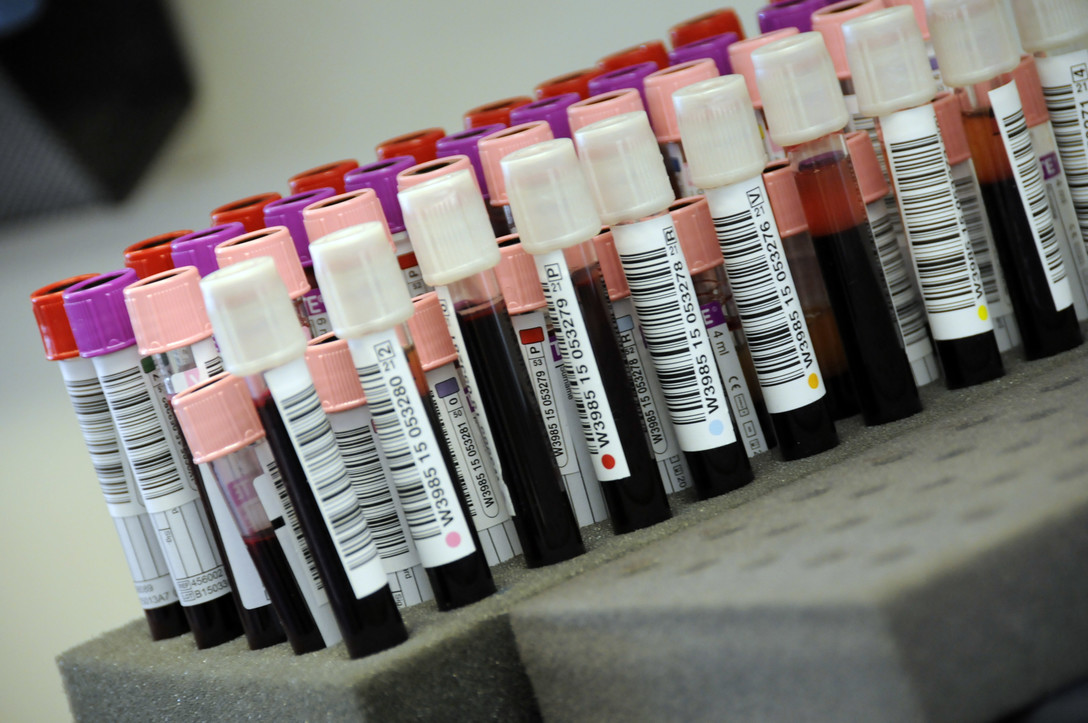This blood test can tell us how widespread coronavirus really is

How widespread is the new coronavirus? How many people get it and don’t even know? What is the actual death rate?
Those are some of the biggest questions that science doesn’t have the answers to. But a team at the Icahn School of Medicine in New York City just developed the very test we need to tell us.
Their test, described in a preprint paper released today, looks for telltale antibodies to the coronavirus in people’s blood, and is similar to the most widely used type of test for HIV.
More on coronavirus
Our most essential coverage of covid-19 is free, including:
How does the coronavirus work?
What are the potential treatments?
What's the right way to do social distancing?
Other frequently asked questions about coronavirus
---
Newsletter: Coronavirus Tech Report
Zoom show: Radio Corona
See also:
Please click here to subscribe and support our non-profit journalism.
Tests like this show whether a person's immune system has ever come in contact with the virus and could give an accurate picture of how many people have been infected, a figure disease modelers and governments urgently need to gauge how deep society’s shutdown needs to be.
The new coronavirus has killed more than 8,700 people, which is about 4% of the 214,000 confirmed cases, making for a shocking death rate.
But the real fatality rate among everyone infected by the virus is certainly lower, and possibly much lower. The reason epidemiologists can’t say for sure is they don’t know how many people are infected but never go to the hospital or even have symptoms. In essence, modelers are missing an accurate denominator of the death-rate calculation.
That’s a huge problem for setting policy. John Ioannidis of Stanford University, writing March 17 in the publication STAT, argued that the true death rate could be less than that of the seasonal flu. If so, “draconian countermeasures” are being decided amidst an “evidence fiasco” of “utterly unreliable” data about how many people are infected.
Just this week, a report estimated that early in the outbreak only 1 in 5 to 1 in 10 of the actual infections were being documented.
Currently, the US and other countries are ramping up efforts to test people quickly. That diagnostic test, called PCR, looks directly for the genetic material of the virus in a nasal or throat swab. It tells people with worrisome flu symptoms what they need to know: Are they infected with the new coronavirus right now?
The new type of test asks a different question: Has a person’s body ever seen the germ at all, even months ago?
If someone has been exposed, their blood should be full of antibodies against the virus. It’s the presence, or absence, of such antibodies to the virus that the new test measures.
The Icahn team, led by virologist Florian Krammer, says the new test could help locate survivors, who could then donate their antibody-rich blood to people in ICUs to help boost their immunity.
What’s more, doctors, nurses, and health-care workers could learn if they’ve already been exposed. Those who have, assuming they are now immune, Krammer suggests, could safely rush to the front lines and perform the riskiest tasks—like intubating a person with the virus—without worrying about getting infected or bringing the disease home to their families.
Other scientific centers, in Singapore and elsewhere, also say they have antibody tests running, as do some US companies selling products to researchers. The US Centers for Disease Control and Prevention says it is developing one too.
To make their version, the Icahn team produced copies of the telltale “spike” protein on the virus’s surface. That protein is highly immunogenic, meaning that people’s bodies see it and start making antibodies that can lock onto it.
The test involves exposing a sample of blood to bits of the spike protein. If the test lights up, it means that you have the antibodies.
To check their test, the team inspected blood samples collected before Covid-19 came roaring out of China this year, as well as blood from three actual coronavirus cases. According to Krammer, the test can pick up the body’s response to infection “as early as three days post symptom onset.”
To learn the true extent of infections, the next step for researchers, in New York and elsewhere, is to carry out “serological surveys” in which they'll do the test on blood drawn from large numbers of people in an outbreak area. That may tell them exactly how many cases have gone unnoticed.
But it could be some time before scientists learn the answer. Krammer says the effort to carry out a wider survey is “just starting.”
Deep Dive
Biotechnology and health
How scientists traced a mysterious covid case back to six toilets
When wastewater surveillance turns into a hunt for a single infected individual, the ethics get tricky.
An AI-driven “factory of drugs” claims to have hit a big milestone
Insilico is part of a wave of companies betting on AI as the "next amazing revolution" in biology
The quest to legitimize longevity medicine
Longevity clinics offer a mix of services that largely cater to the wealthy. Now there’s a push to establish their work as a credible medical field.
There is a new most expensive drug in the world. Price tag: $4.25 million
But will the latest gene therapy suffer the curse of the costliest drug?
Stay connected
Get the latest updates from
MIT Technology Review
Discover special offers, top stories, upcoming events, and more.